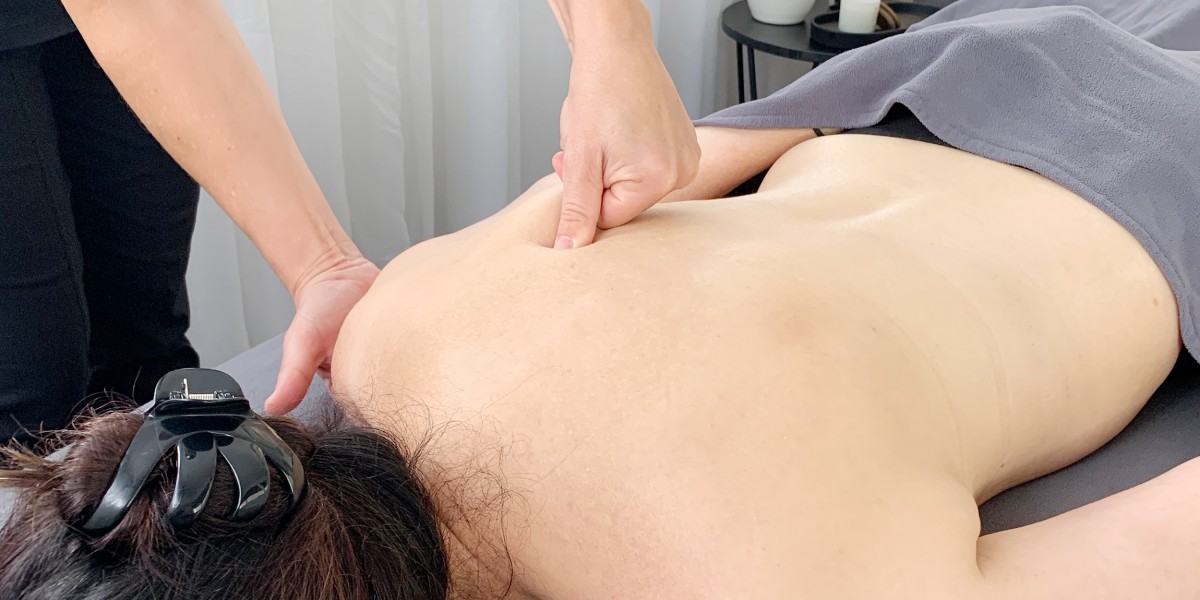Welcome to the world of Myofascial Massage, a therapeutic technique that can work wonders for pain relief, increased mobility, and overall well-being. This comprehensive guide will provide you with a deep understanding of Myofascial Massage, including its history, techniques, benefits, and much more. Whether you’re experiencing chronic pain, muscle tension, or simply seeking relaxation, Massage might be the solution you’ve been looking for.
Myofascial Massage: Understanding the Basics
Myofascial Massage is a specialized massage therapy that targets the fascia, a connective tissue that surrounds muscles, bones, and organs throughout the body. The fascia can become tight and restricted due to stress, injuries, or poor posture, leading to discomfort and limited mobility.
This therapeutic massage technique involves applying sustained pressure to release tension and restrictions in the fascia. The primary goal is to restore balance, improve flexibility, and promote overall relaxation. The massage therapist uses their hands, elbows, or tools to work on specific areas, allowing the fascia to regain its natural elasticity and function.
The Benefits of Myofascial Massage

Pain Relief: Myofascial Massage has been proven effective in providing relief from chronic pain caused by conditions such as fibromyalgia, lower back pain, and migraines.
Improved Flexibility: By releasing tight fascia, this massage technique enhances flexibility and range of motion, allowing you to move more freely.
Stress Reduction: Massage promotes relaxation and reduces stress levels, which can have a positive impact on your mental well-being.
Posture Correction: Regular sessions can help correct postural imbalances caused by tight fascia, leading to better alignment and reduced strain on muscles and joints.
Injury Recovery: Myofascial Massage can accelerate the healing process of injuries by increasing blood flow and promoting tissue repair.
Enhanced Athletic Performance: Athletes often use Myofascial Massage to prevent injuries, improve performance, and reduce recovery time.
Release of Trigger Points: Massage can target and release trigger points, which are hyperirritable spots in muscles that cause pain and discomfort.
Techniques Used in Myofascial Massage
Myofascial Massage incorporates various techniques, each designed to address specific fascial restrictions and provide optimal results. Some common techniques include:
Direct Release: The therapist applies pressure directly to the restricted fascia, releasing tension and promoting relaxation.
Indirect Myofascial Release: This technique involves gentle stretching and holding, allowing the fascia to release gradually.
Deep Tissue Massage: Focused on the deeper layers of muscle and fascia, this technique can effectively break down adhesions and scar tissue.
Cross-Fiber Massage: The therapist applies pressure across the grain of the fascia to break up adhesions and improve mobility.
Trigger Point Therapy: This technique targets specific trigger points in muscles to alleviate pain and tension.
Preparing for a Myofascial Massage Session

Before your Massage session, it’s essential to communicate openly with your massage therapist about your health history, any injuries, and your goals for the massage. Wear loose, comfortable clothing to allow the therapist to access the areas needing treatment easily.
During the massage, you may experience mild discomfort as the therapist works on areas with fascial restrictions. Remember to breathe deeply and communicate any sensations you’re feeling. After the session, it’s crucial to stay hydrated to help your body flush out toxins released during the massage.
FAQ’s about Massage
What conditions can Myofascial Massage help with?
Myofascial Massage can provide relief for various conditions, including fibromyalgia, chronic lower back pain, tension headaches, and temporomandibular joint (TMJ) disorder.
Is Massage painful?
While some discomfort may be experienced during the massage, it should not be overly painful. The therapist will work within your comfort level and adjust pressure accordingly.
How long does a Myofascial Massage session last?
A typical session can last anywhere from 60 to 90 minutes, depending on your individual needs and goals.
How often should I receive Massage?
The frequency of sessions varies based on your specific condition and goals. For chronic conditions, weekly or bi-weekly sessions may be recommended initially, followed by less frequent maintenance sessions.
Can Massage help with post-surgery recovery?
Yes, Myofascial Massage can aid in post-surgery recovery by reducing inflammation, promoting tissue healing, and preventing scar tissue adhesions.
Is Massage suitable for athletes?
Absolutely! Many athletes incorporate Massage into their training routine to enhance performance, prevent injuries, and aid in muscle recovery.
Conclusion:
Massage is a powerful therapeutic technique that can transform the way you feel and move. With its numerous benefits, from pain relief to improved flexibility, it’s no wonder why this massage therapy has gained popularity worldwide.
Whether you’re dealing with chronic pain, recovering from an injury, or simply seeking relaxation, Massage can be a game-changer for your overall well-being. So, why not give it a try and experience the incredible healing power of Myofascial Massage firsthand?

John Xiong is a passionate writer, researcher, and wellness enthusiast, dedicated to exploring the intricacies of human health and well-being. With a profound interest in holistic healing practices, John’s expertise lies in the field of alternative therapies and mind-body connections. As the author behind the thought-provoking articles on “xiong.ac

